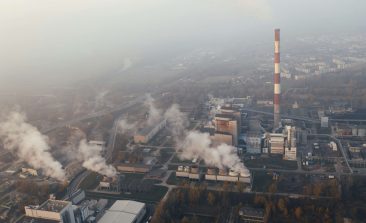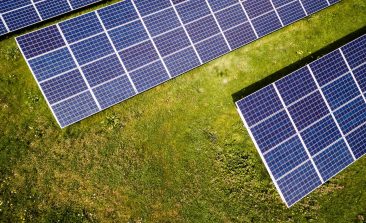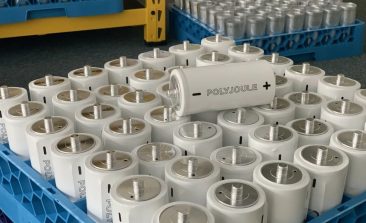Reducing CO2 Emissions by Capturing Carbon With Light
Net zero will only be achieved if we capture the excess carbon in the atmosphere. Thanks to new research, capturing carbon with light is now a viable, cost-effective method of carbon capture.
Portable Sensor AirBeam Measures Air Quality—and Shares Its Open-Source Data
Are we really breathing clean air when we sit in our garden or local park? The portable measuring device AirBeam can answer this question—and thanks to its open-source data—also protects other people from the impact of air pollution.
Corporate Digital Responsibility (CDR): Strategies for Digital Sustainability
What does CDR mean, how does it differ from CSR and how does it make companies more sustainable? RESET reveals the secret of digital self-responsibility!
Are High-Tech Reusable Water Bottles the Solution Our Oceans Need?
Rebo's high-tech reusable water bottle collects plastic waste from the beach every time you drink. But will growing sales of reusable water bottles save our oceans, or are they a sign of ever-more consumerism?
Report on the Price of Fossil Fuels Suggests a Rapid Transition to Renewables Can Result in Huge Savings
A study examining the historic prices of fossil fuels and renewable technologies suggests coal, oil and gas might not actually be as cheap as commonly thought.
3D Samples Could Be the Answer to Fashion’s Waste Problem
3D samples could reduce waste in fashion's supply chain, cutting emissions from this highly polluting industry.
MethaneSAT: A Climate Change Tool That’s Out of This World
Methane is one of the planet's most dangerous greenhouse gases. A new satellite—the size of a washing machine—is set to provide vital data.
Are Polyjoule’s Plastic Batteries Cheaper and Safer for Producing Renewable Power?
Traditional lithium-ion batteries come with a whole host of issues, not least their expense. A Boston startup is looking to new materials for the next generation of batteries.
Donate Phones and Save Lives: “Wir Packen’s An” Collects Old Smartphones for Refugees
Instead of lying in a drawer, your old mobile phone could help people on escape routes. The "Wir packen's an" association reveals how this works.








